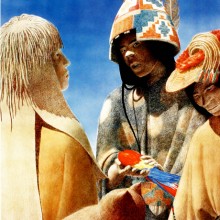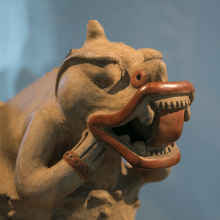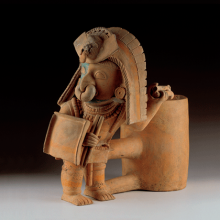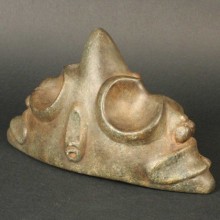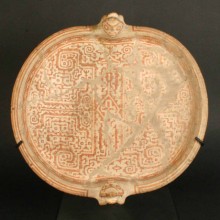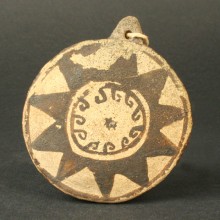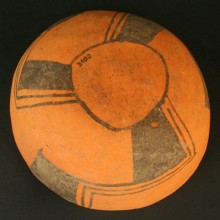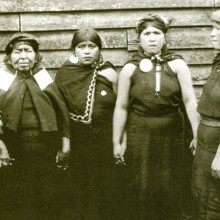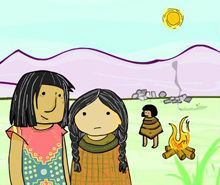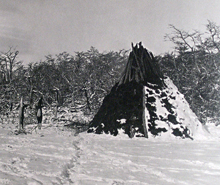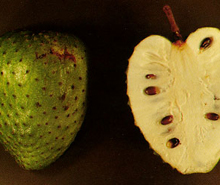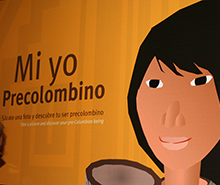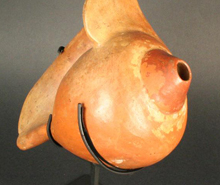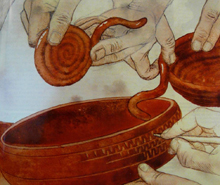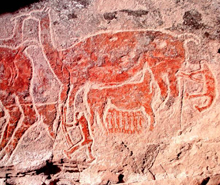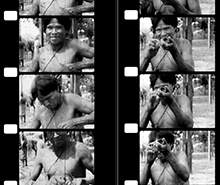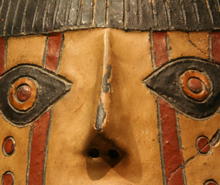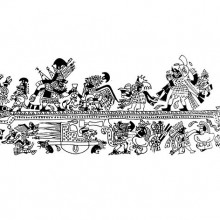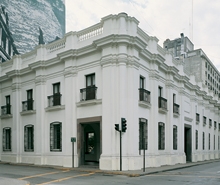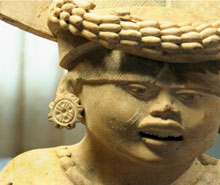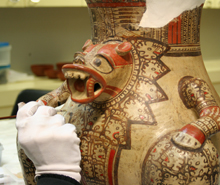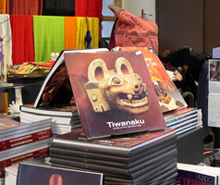The cherimoya (Annona cherimolia), also known as chirimoya or chirimuya (a Quechua word that means cold seed) and the guanábana (Annona muricata), are two tree fruits from the same family. Both are native to the inter-Andean valleys of Peru and Ecuador. The first evidence of human consumption and possible cultivation of these fruits appears in Peru’s highlands around 2700 years ago and on the coast of central Peru around 1000 BC. Apparently, the cherimoya played a major role in the diet of pre Hispanic Andean peoples, as many lifelike images of the fruit appear on ceramic pieces produced by the Cupisnique, Moche and Inka cultures. The Jesuit chronicler Bernabé Cobo, in his early 17th Century Historia del Nuevo Mundo (History of the New World), described the cherimoya as “[…] white fleshed and very smooth, with a sweet and sour taste […] the best and cheapest of all the fruit of the Indies […]”; other Europeans of the day described it as “white ambrosia”. Certainly, by the mid-18th Century this much-appreciated fruit was being grown in the south of Spain with great success, and from there its production expanded to Portugal and Italy, and even as far as the Middle East. Today, Spain and Chile are the world’s two largest producers of cherimoya fruit.
How to Arrive
El Museo se encuentra ubicado en pleno centro de Santiago, en la esquina de las calles Bandera y Compañía, a una cuadra de la Plaza de Armas.
Tickets
Chileans and resident foreigners: $1,000 Foreigners: $8,000 Chilean students and resident foreigners: $500 Foreign students: $4,000
Guided Visit
El Museo cuenta con un servicio de guías, sin costo adicional, para los establecimientos educacionales.
Information for Teachers
Invitamos especialmente a coordinarse con alguno de nuestros guías para programar una visita o actividades de motivación y seguimiento que aprovechen de la mejor forma la experiencia de visitarnos.
Audioguides
Download recordings of the Permanent Exhibition display texts in English, French, Portuguese and Spanish here. These audioguides are in mp3 format and are arranged by cultural area, following the same order as our exhibit galleries. Descargue desde esta página audioguías en castellano, inglés, francés y portugués con los textos de las vitrinas de la […]








